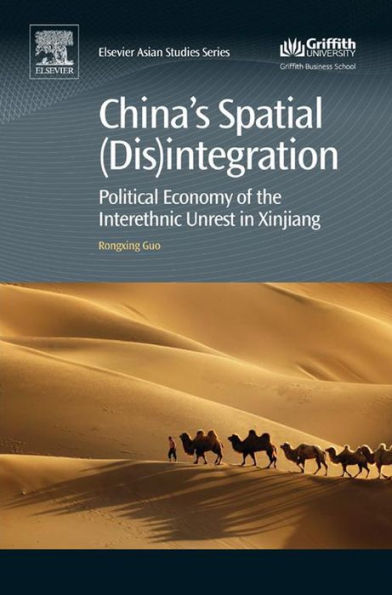5
1

China's Spatial (Dis)integration: Political Economy of the Interethnic Unrest in Xinjiang
208
China's Spatial (Dis)integration: Political Economy of the Interethnic Unrest in Xinjiang
208eBook
$105.99
$141.00
Save 25%
Current price is $105.99, Original price is $141. You Save 25%.
Related collections and offers
105.99
In Stock

Product Details
| ISBN-13: | 9780081004036 |
|---|---|
| Publisher: | Elsevier Science |
| Publication date: | 07/15/2015 |
| Series: | Chandos Asian Studies Series |
| Sold by: | Barnes & Noble |
| Format: | eBook |
| Pages: | 208 |
| File size: | 9 MB |
About the Author
What People are Saying About This
From the B&N Reads Blog
